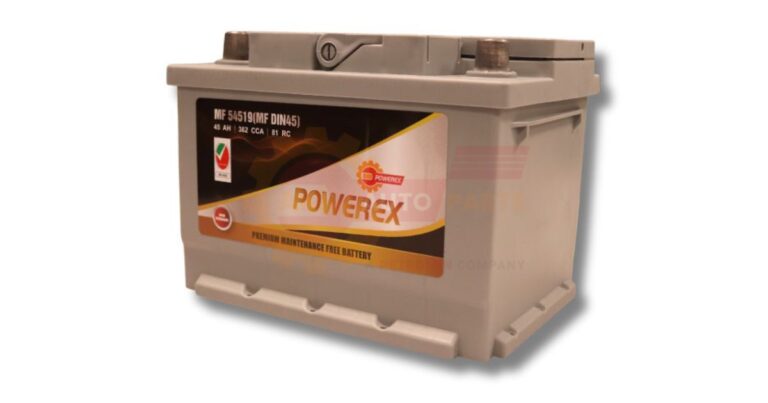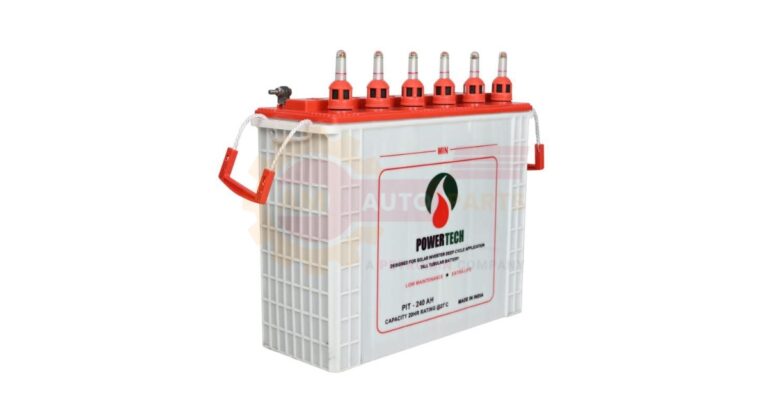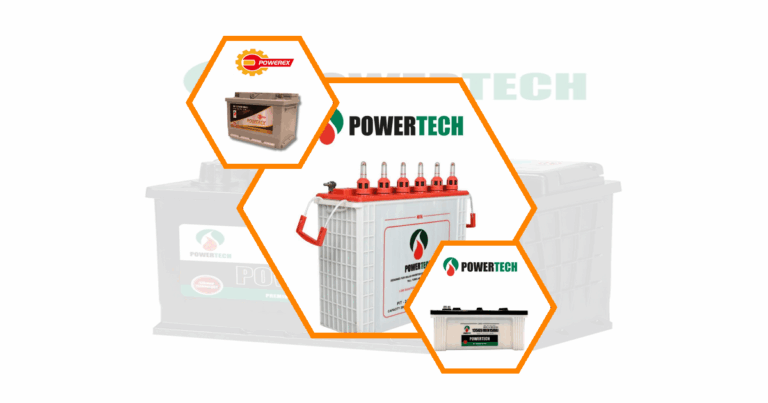Understanding the intricacies of battery capacities, capacity ratings, and energy requirements is crucial for anyone looking to optimize their energy storage solutions. Whether you’re considering batteries for residential use, electric vehicles, or industrial applications, knowing the differences and how they impact performance can guide you in making informed decisions.
Battery Capacity Measurements
Amp-hours (Ah) vs. Watt-hours (Wh)
Battery capacity is often measured in amp-hours (Ah) or watt-hours (Wh). Amp-hours indicate the amount of current a battery can supply over a specific period, while watt-hours measure the total energy a battery can deliver. Understanding these units helps in comparing battery capacities effectively.
- Amp-hours (Ah): Measures current over time.
- Watt-hours (Wh): Measures total energy output.
- Conversion: 1 Ah = Voltage x 1 Wh.
Total Capacity vs. Usable Capacity
Total capacity refers to the maximum energy a battery can store, while usable capacity is the energy available for use. The difference is due to inefficiencies and safety margins. Knowing both helps in evaluating energy storage systems.
- Total Capacity: Maximum energy storage.
- Usable Capacity: Energy available for use.
- Efficiency Losses: Impact usable capacity.
Key Factors Affecting Battery Capacity
Several factors influence battery capacity, including temperature, discharge rates, and battery age. These elements can significantly affect performance and lifespan.
- Temperature: Affects chemical reactions.
- Discharge Rates: Higher rates reduce capacity.
- Battery Age: Capacity decreases over time.
Evaluating Energy Storage Systems
Comparing Battery Capacities, Capacity Ratings, Energy Requirements
When evaluating energy storage systems, comparing battery capacities, capacity ratings, and energy requirements is essential. This comparison helps in selecting the right battery for specific needs.
- Capacity Ratings: Indicate performance.
- Energy Requirements: Determine battery size.
- System Compatibility: Ensures optimal performance.
Importance of Power Output and Discharge Rates
Power output and discharge rates are critical in determining how quickly a battery can deliver energy. These factors influence the efficiency and suitability of a battery for various applications.
- Power Output: Determines energy delivery speed.
- Discharge Rates: Affect efficiency.
- Application Suitability: Guides battery selection.
Stackable Battery Solutions for Increased Capacity
Stackable battery solutions allow for increased capacity by connecting multiple batteries. This approach is ideal for applications requiring scalable energy storage.
- Scalability: Increases capacity.
- Flexibility: Adapts to changing needs.
- Cost-Effectiveness: Reduces initial investment.
Battery Chemistry and Performance
NCM vs. LFP Cathode Materials
NCM (Nickel Cobalt Manganese) and LFP (Lithium Iron Phosphate) are popular cathode materials, each with unique advantages. Understanding their differences helps in choosing the right battery chemistry.
- NCM: Higher energy density.
- LFP: Longer lifespan and safety.
- Application Suitability: Depends on specific needs.
Lithium-ion Battery Market Trends
The lithium-ion battery market is evolving, with trends focusing on increased energy density and reduced costs. Staying informed about these trends can guide future investments.
- Energy Density: Continues to improve.
- Cost Reduction: Drives market growth.
- Innovation: Leads to new applications.
Impact of Chemistry on Capacity Retention
Battery chemistry significantly impacts capacity retention over time. Choosing the right chemistry ensures long-term performance and reliability.
- Capacity Retention: Varies by chemistry.
- Long-term Performance: Influenced by material choice.
- Reliability: Ensures consistent energy delivery.
Factors Influencing Battery Lifespan
Depth of Discharge and Cycle Life
Depth of discharge (DoD) and cycle life are critical factors affecting battery lifespan. Managing these elements can extend battery life and improve performance.
- Depth of Discharge: Affects cycle life.
- Cycle Life: Determines longevity.
- Management: Extends battery lifespan.
Temperature Effects on Capacity
Temperature plays a significant role in battery performance. Extreme temperatures can reduce capacity and shorten lifespan.
- High Temperatures: Accelerate degradation.
- Low Temperatures: Reduce efficiency.
- Optimal Range: Ensures best performance.
Comparing Battery Capacities, Capacity Ratings, Energy Requirements
Comparing battery capacities, capacity ratings, and energy requirements is vital for selecting the right battery. This comparison helps in understanding performance and suitability for specific applications.
- Performance Evaluation: Guides selection.
- Suitability: Ensures optimal use.
- Efficiency: Maximizes energy delivery.
Optimizing Battery Selection for Specific Applications
Residential Energy Storage Considerations
For residential energy storage, factors like capacity, efficiency, and cost are crucial. Understanding these elements helps in choosing the right battery system.
- Capacity Needs: Based on household usage.
- Efficiency: Affects energy savings.
- Cost: Influences investment decisions.
Electric Vehicle Battery Requirements
Electric vehicles require batteries with high energy density and fast charging capabilities. These requirements guide the selection of suitable battery technologies.
- Energy Density: Ensures range.
- Fast Charging: Reduces downtime.
- Durability: Supports long-term use.
Industrial and Grid-scale Energy Storage
Industrial and grid-scale energy storage systems demand high capacity and reliability. Selecting the right battery involves evaluating these factors.
- High Capacity: Supports large-scale use.
- Reliability: Ensures consistent supply.
- Scalability: Adapts to demand changes.
Advancements in Battery Technology
Solid-state Batteries and Capacity Improvements
Solid-state batteries offer significant capacity improvements over traditional batteries. These advancements promise higher energy density and enhanced safety.
- Higher Energy Density: Increases capacity.
- Enhanced Safety: Reduces risks.
- Innovation: Drives future applications.
Nano-materials for Enhanced Energy Density
Nano-materials are being explored to enhance energy density in batteries. These materials offer potential improvements in performance and efficiency.
- Performance Improvements: Boosts capacity.
- Efficiency Gains: Reduces losses.
- Research Focus: Drives innovation.
Comparing Battery Capacities, Capacity Ratings, Energy Requirements
Comparing battery capacities, capacity ratings, and energy requirements is essential for understanding advancements in battery technology. This comparison highlights improvements and guides future developments.
- Technological Advancements: Enhance performance.
- Future Developments: Guide research.
- Market Trends: Influence innovation.
Environmental Impact of Battery Production
Carbon Footprint of Different Battery Chemistries
The carbon footprint of battery production varies by chemistry. Understanding these differences helps in evaluating environmental impact.
- NCM vs. LFP: Different carbon footprints.
- Production Processes: Affect emissions.
- Sustainability: Guides material choice.
Recycling and End-of-life Considerations
Recycling and end-of-life considerations are crucial for minimizing environmental impact. Effective recycling processes ensure sustainable battery use.
- Recycling Processes: Reduce waste.
- End-of-life Management: Ensures sustainability.
- Environmental Impact: Minimizes harm.
Sustainable Sourcing of Battery Materials
Sustainable sourcing of battery materials is essential for reducing environmental impact. This approach ensures responsible resource use.
- Responsible Sourcing: Reduces impact.
- Resource Management: Ensures sustainability.
- Industry Standards: Guide practices.
Safety Considerations in High-Capacity Batteries
Thermal Management Systems
Thermal management systems are crucial for maintaining battery safety. These systems prevent overheating and ensure optimal performance.
- Overheating Prevention: Ensures safety.
- Optimal Performance: Maintains efficiency.
- System Design: Guides implementation.
Overcharge and Short-circuit Protection
Overcharge and short-circuit protection are essential for battery safety. These features prevent damage and extend battery life.
- Damage Prevention: Protects battery.
- Extended Lifespan: Ensures longevity.
- Safety Features: Enhance reliability.
Battery Management System (BMS) Importance
A Battery Management System (BMS) is vital for monitoring and controlling battery performance. It ensures safety and optimizes efficiency. Battery safety precautions Always handle batteries carefully and keep them away from heat and water Never try to open or damage batteries as they can leak harmful chemicals Innovative battery reclamation helps save old batteries from being thrown away by finding new ways to reuse their parts This process makes it possible to create new batteries or other products from materials that would otherwise go to waste
BMS enhances longevity by helping our bodies work better and stay healthy for longer This system supports our cells and organs to function well as we age Automotive power restoration challenges When a car’s battery dies or electrical system fails it can be tricky to get the power working again Mechanics need special tools and knowledge to fix these problems and get vehicles running
Battery selection guide Choose the right battery for your device by looking at size voltage and how long it lasts
- Performance Monitoring: Ensures safety.
- Efficiency Optimization: Enhances performance.
- System Integration: Guides implementation.
Future Trends in Energy Storage
Emerging Battery Technologies
Emerging battery technologies promise to revolutionize energy storage. These innovations focus on improving capacity and efficiency.
- Innovation Focus: Drives advancements.
- Capacity Improvements: Enhance storage.
- Efficiency Gains: Reduce losses.
Integration with Renewable Energy Systems
Integrating batteries with renewable energy systems enhances sustainability. This approach supports clean energy initiatives.
- Sustainability Focus: Supports renewables.
- Energy Integration: Enhances efficiency.
- Clean Energy: Drives adoption.
Grid-scale Storage Solutions
Grid-scale storage solutions are essential for managing energy demand. These systems ensure reliable and efficient energy supply.
- Demand Management: Supports grid stability.
- Reliable Supply: Ensures consistency.
- Efficiency Focus: Enhances performance.
FAQ’s
What factors affect a battery’s energy capacity?
Several factors affect a battery’s energy capacity, including temperature, discharge rates, and age. Temperature influences chemical reactions, while discharge rates and age impact efficiency and lifespan. Understanding these factors helps in optimizing battery performance.
How do you calculate battery capacity and energy requirements?
To calculate battery capacity, multiply the current (in amps) by the time (in hours) to get amp-hours. For energy requirements, consider the power needed (in watts) and the duration of use. This calculation helps in determining the right battery size for specific applications.
What is the difference between battery capacity and energy?
Battery capacity refers to the total amount of energy a battery can store, while energy is the actual power delivered by the battery. Capacity is measured in amp-hours or watt-hours, whereas energy is the output in watts over time. Understanding this distinction helps in evaluating battery performance.






